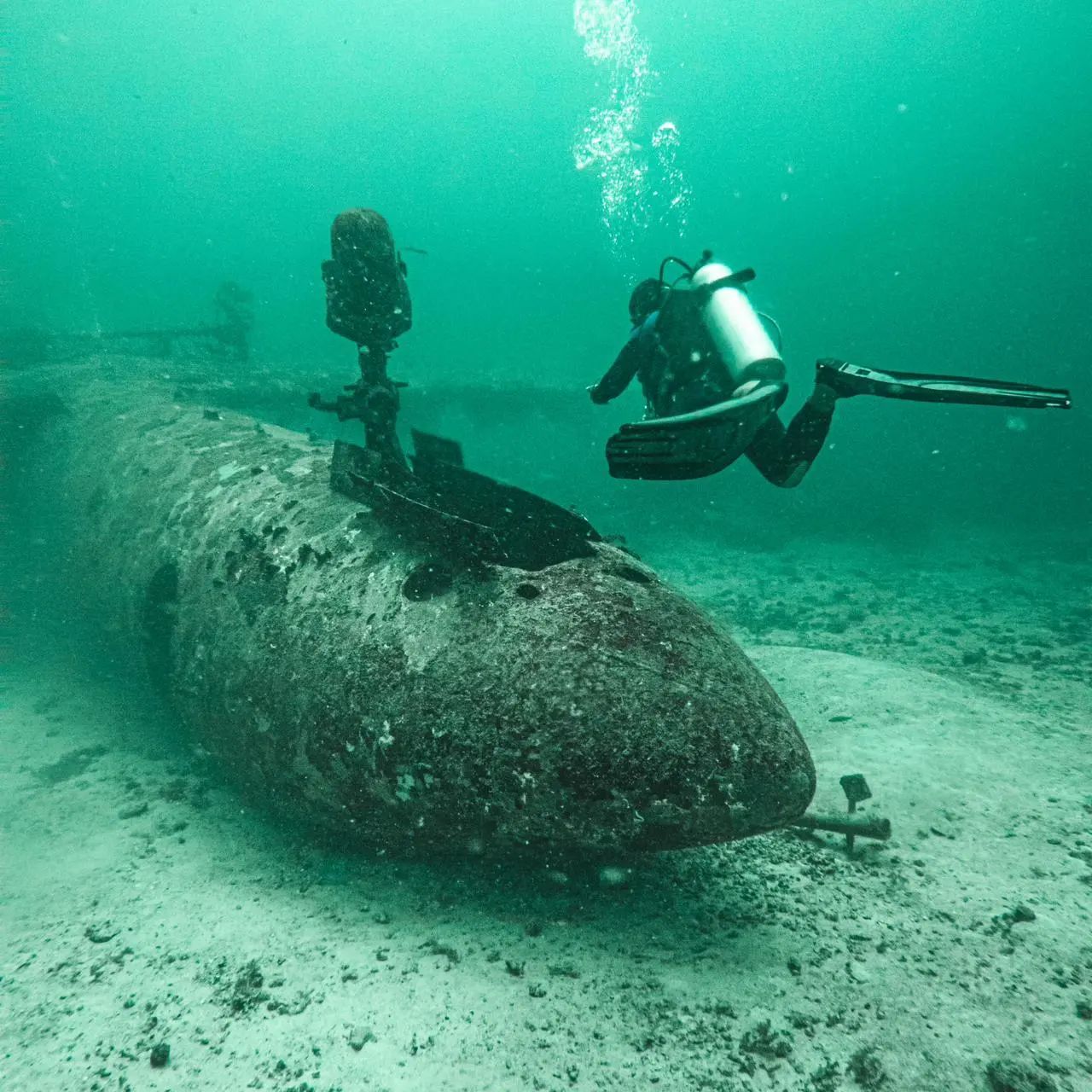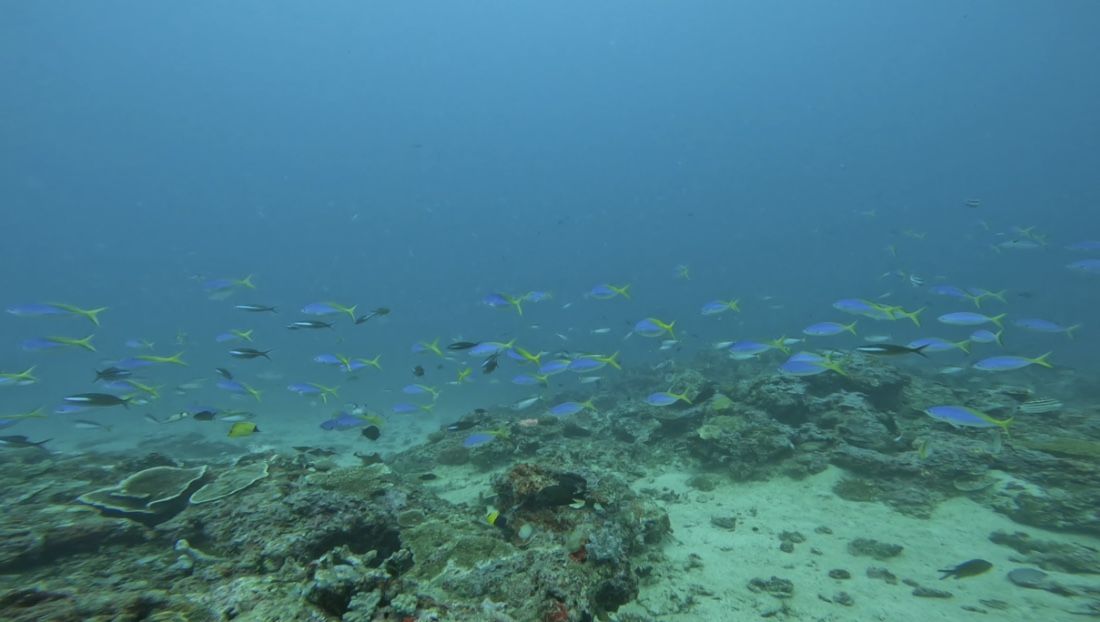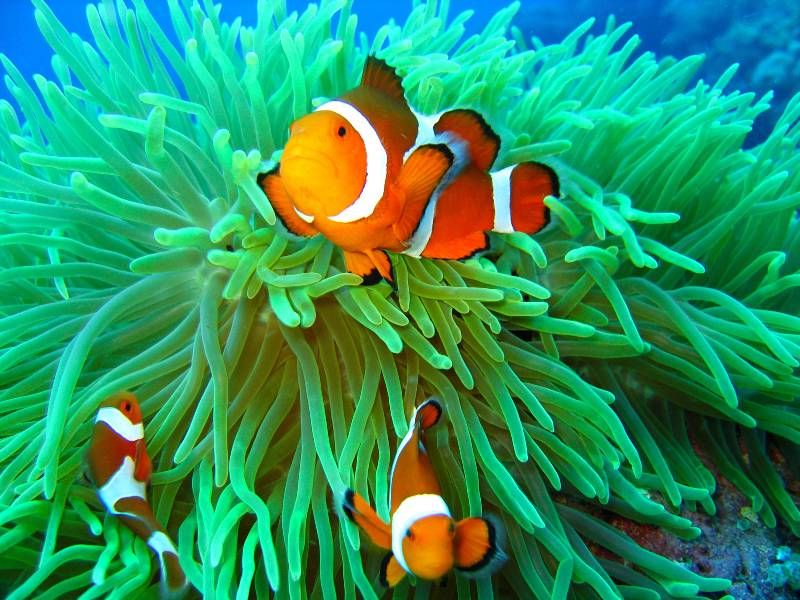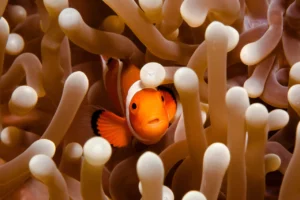Exploring the Wonders of The Tribird Wreck Dive In Boracay
Exploring the Wonders of Tribird Dive Site with New Wave Divers Boracay
Exploring the Wonders of Tribird Dive Site with New Wave Divers Boracay
Boracay, renowned for its pristine beaches and vibrant nightlife, also boasts some of the most breathtaking dive sites in the world. Among these, the Tribird dive site stands out as a must-visit location for divers seeking an exhilarating underwater adventure. At New Wave Divers Boracay, we take pride in offering unforgettable diving experiences at Tribird, where history, marine life, and unique underwater landscapes come together.
The History of Tribird
Tribird is named after the wreckage of a Grumman TF-1 Trader aircraft, a historical relic from the 1950s. This twin-engine cargo aircraft, originally used by the United States Navy, found its final resting place underwater, creating a captivating dive site teeming with marine life. The wreckage, combined with the surrounding coral reefs and diverse marine species, makes Tribird a fascinating dive destination for divers.
The Dive Experience at Tribird
Depth and Conditions
Tribird is situated at a depth of 18 to 30 meters, making it accessible to divers with an Advanced Open Water certification. The dive conditions at Tribird are generally favorable, with visibility ranging from 15 to 30 meters, allowing divers to fully appreciate the intricate details of the wreck and the vibrant marine life that inhabits the area. The water temperature is typically warm, ranging from 26 to 30 degrees Celsius, ensuring a comfortable dive experience year-round.
The Wreck
The centerpiece of the Tribird dive site is the Grumman TF-1 Trader wreck. Over the years, the wreck has become encrusted with colorful corals and sponges, creating a stunning underwater tableau. Divers can explore the various sections of the aircraft, including the cockpit, cargo hold, and wings, each providing a unique perspective and a haven for marine creatures. The wreck is a photographer’s paradise, offering countless opportunities for capturing the interplay of light and marine life.
Marine Life
Tribird is home to an astonishing array of marine species. Divers can encounter schools of snapper, jacks, and fusiliers swirling around the wreck, while lionfish, scorpionfish, and moray eels lurk in the nooks and crannies. The corals and sponges that have colonized the wreck attract a myriad of smaller reef fish, including butterflyfish, angelfish, and clownfish. Macro enthusiasts will delight in spotting nudibranchs, shrimp, and other tiny critters that call Tribird home. The site is also frequented by larger pelagic species such as barracuda and trevally, adding an element of excitement to every dive.
Why Dive Tribird with New Wave Divers Boracay?
Expert Guides
At New Wave Divers Boracay, our team of experienced and passionate dive guides are dedicated to ensuring you have a safe, enjoyable, and memorable dive experience at Tribird. Our guides are intimately familiar with the site, allowing them to lead you to the best spots and point out the most interesting marine life.
Small Groups
We believe in providing personalized attention to each diver, which is why we keep our group sizes small. This approach not only enhances safety but also allows for a more immersive and enjoyable dive experience. You’ll have plenty of time to explore the wreck and interact with the marine life without feeling rushed or crowded.
State-of-the-Art Equipment
We understand the importance of reliable and well-maintained equipment for a safe diving experience. At New Wave Divers Boracay, we provide top-quality dive gear that is regularly serviced and maintained to the highest standards. Whether you need a full equipment rental or just a few items, we’ve got you covered.
Environmental Responsibility
We are committed to protecting the marine environment and preserving the beauty of Boracay’s dive sites for future generations. Our dive practices are designed to minimize our impact on the underwater ecosystem, and we actively participate in local conservation efforts. When you dive with us, you can be confident that you are supporting responsible and sustainable diving practices.
Tips for Diving at Tribird
Certification and Experience
As Tribird is located at a depth of 18 to 30 meters, it is recommended for divers with an Advanced Open Water certification. If you are a certified Open Water diver looking to explore Tribird, consider enrolling in an Advanced Open Water course with us to enhance your skills and extend your depth range.
Dive Planning
To make the most of your Tribird diving experience, we recommend planning your dive with the help of our experienced guides. They can provide valuable insights into the best times to dive, optimal routes through the wreck, and tips for spotting elusive marine life. Proper dive planning also includes checking your equipment, monitoring your air supply, and adhering to safe diving practices.
Underwater Photography
Tribird offers incredible opportunities for underwater photography, from wide-angle shots of the wreck to close-ups of marine life. Bring a camera with good low-light performance and consider using a strobe or flashlight to enhance the colors and details. Our guides can assist you in finding the best angles and compositions for your shots.
Respect the Environment
When diving at Tribird, it’s essential to follow responsible diving practices to protect the delicate marine ecosystem. Avoid touching or disturbing the wreck and marine life, maintain good buoyancy control, and refrain from collecting souvenirs. By diving responsibly, you help preserve Tribird’s beauty for future divers.
Tribird dive site is a captivating blend of history, marine life, and underwater beauty, making it a must-visit destination for divers in Boracay. With New Wave Divers Boracay, you can explore this incredible site with the guidance of expert dive professionals, in small, personalized groups, and with top-quality equipment. Whether you’re an experienced diver or looking to advance your skills, Tribird offers an unforgettable diving adventure that will leave you in awe of Boracay’s underwater wonders.
Book your dive at Tribird with New Wave Divers Boracay today and discover the magic of this extraordinary dive site. We look forward to diving with you!

Wish to know more about the diving in Boracay? Our team will be delighted to answer your questions and let us know why we should be your first choice when planning your dive vacation to the Philippines. We hope to hear from you soon!





 Characteristics
Characteristics The Common clownfish, also known as the Ocellaris clownfish or False Percula clownfish, closely resembles the Percula clownfish. It sports a bright orange body with three white bands bordered by thinner black lines. However, the black lines around the white bands are less pronounced compared to the Percula clownfish. These fish can reach a length of about 11 cm.
The Common clownfish, also known as the Ocellaris clownfish or False Percula clownfish, closely resembles the Percula clownfish. It sports a bright orange body with three white bands bordered by thinner black lines. However, the black lines around the white bands are less pronounced compared to the Percula clownfish. These fish can reach a length of about 11 cm. The Tomato clownfish is easily recognizable by its reddish-orange body, which becomes darker with age. A single white stripe runs vertically just behind the eyes, which is more prominent in juveniles. These fish can grow up to 14 cm in length, making them one of the larger clownfish species.
The Tomato clownfish is easily recognizable by its reddish-orange body, which becomes darker with age. A single white stripe runs vertically just behind the eyes, which is more prominent in juveniles. These fish can grow up to 14 cm in length, making them one of the larger clownfish species.